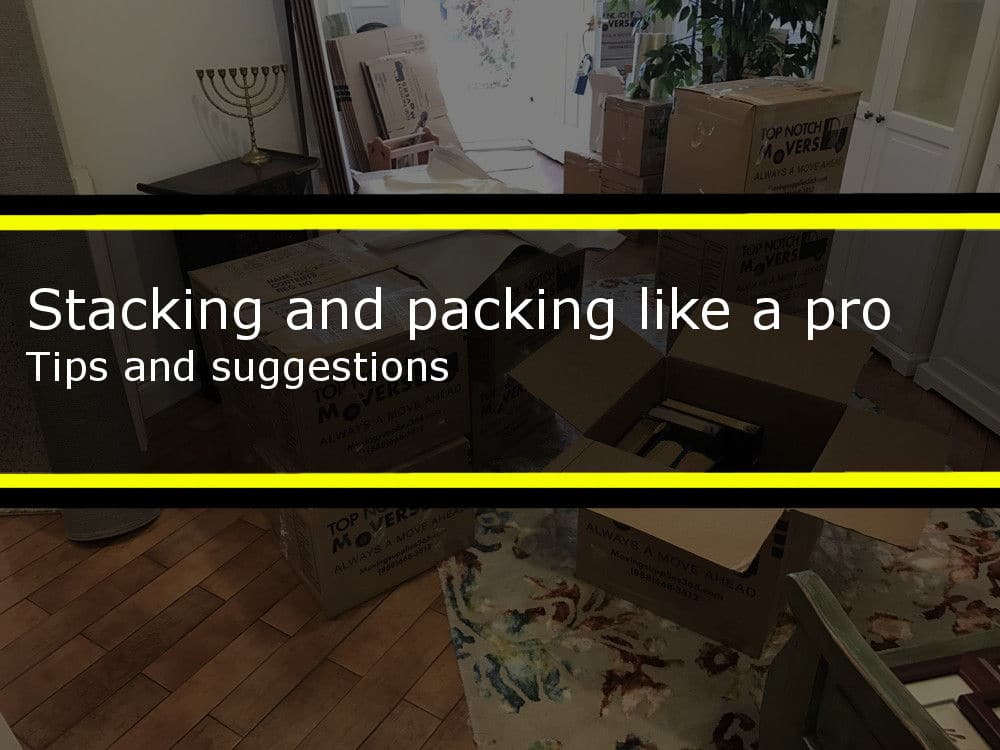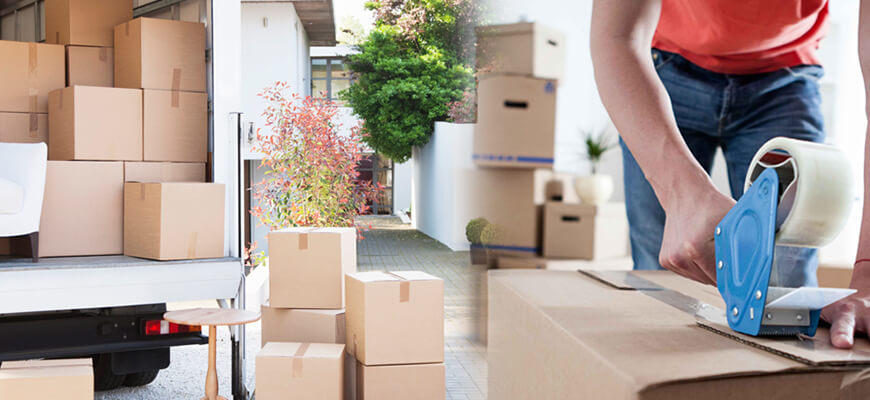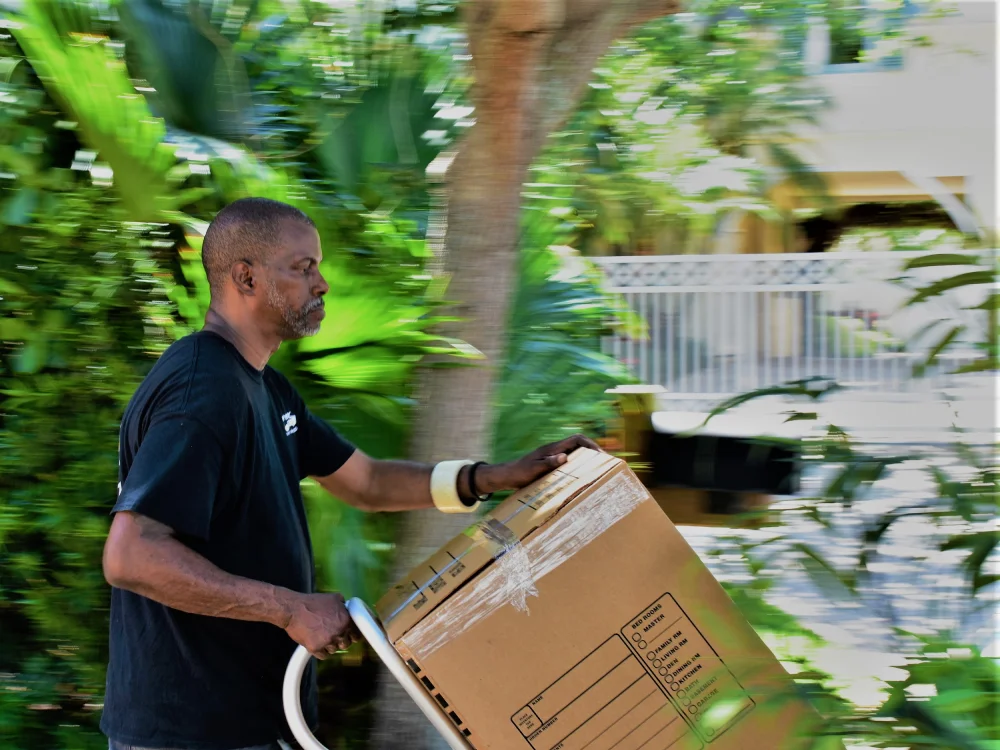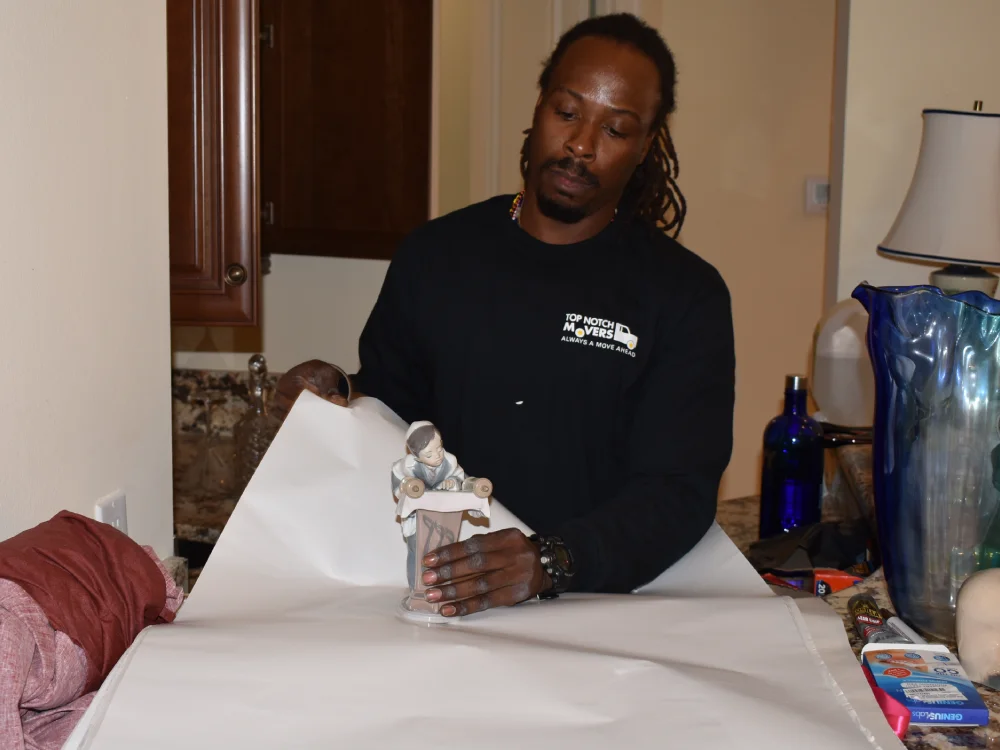Packing and moving on your own is a great way to save money.
You should always be learning about how to move better. Many people are trying to move on their own. Most of them don’t understand the necessary steps to a proper and professional move.
Lifting with the back as well as an improper movement are all some of the amateurish actions that people make. When people become hurt moving, it makes everyone look bad. It’s time we show you how to stack and pack like a professional mover.
What to Expect – When you start packing you need to logically process the weight and disbursement of all the objects very quickly.
When you are packing you need to try to organize your belongings. The organization is a must.
How to Pack – The actual packing process is simple though it is tedious. You need to make sure the heaviest items are on the bottom and the lighter items are on the top.
You should also work to ensure that the box is far away from the fifty-pound limit because it’s easier on your back and frequent lifting.
What kind of boxes should I use?
In our company, we use custom moving boxes every time. A cardboard/wood compound is the material that lines our boxes. It helps maintain the integrity of the box.
However, we know that some solo movers will not have access to this and will often look for alternate receptacles. Here are our list and guide on how to get them and what to do.
Cardboard Boxes are found everywhere. These are ideal for moves because they often support up to fifty pounds which makes for a handy guide when you are trying to stay below that weight limit.
Professional mover would never pack his box over the weight limit.
Plastic Bins are another common choice, and these are often used because people already have them laying around.
The importance of these is to make sure you never breach the integrity of the receptacle.
Chests and Bags – I grouped these two categories because they are often last resorts for many people.
While Chests are often better suited for people’s private belongings of sentimental value, they are often heavily reinforced and can carry heavier and more fragile things.
Alternatively, there are duffel and travel bags that can be stacked and filled with soft, lightweight items ideal for moving.
How do I keep my belongings safe during the transit?
Once you have the items packed into a receptacle, you’ll often find there is a lot of space in between where items can rub up against each other.
When it comes to moving, we often recommend four different types of packing materials: Peanuts, Newspapers, Bubble Wrap, and Clothes.
Packing Peanuts – These are the most common type of packing items. Packing Peanuts are great for evenly filling empty spaces, though they can be very messy.
The newspaper is the best material for packing cups and dishes. It is a great fibrous material that can absorb a lot of scraping and acts as great soft material.
However, you need to make sure that the newspaper stays dry and that the materials that are wrapped will still be covered.
Bubble Wrap is another type of professional packing material that a lot of people use when it comes to moving.
These are often incredibly fun if you have kids. When you are done, you can give it to the kids and they will pop the bubble wrap and thank you forever.
Clothes – If you are really in a bind for wrapping your materials you can always use clothes.
Shirts are often the best, and I wouldn’t recommend jeans unless you are sure that the material won’t affect the objects. If you ever have questions about how or what materials to use, rub it against your skin a few times. If it’s coarse and hurts, you should use a different material.
Stacking and moving like a professional mover
Now that we’ve covered how to pack your items properly, it’s time to explore what to do with the box itself.
This is vitally important because we often receive questions about how to keep the boxes from falling over or collapsing. If you have ever had these problems in the past, then keep reading because we’ve got the answers to all of your questions.
How to stack items on my moving truck
Heaviest on the bottom – This is the most obvious tip we can give you. Put the heaviest items on the bottom first.
If you have hard types of furniture such as desks or cabinets, these will make a great foundation. These are harder to scuff and damage, though you should always put a blanket or cloth down for the edges.
Never stack too high if loose – Additionally, you never want to stack too high if you can’t wedge the belongings to an extent.
If you just stack a bunch of items up high without reinforcing them, the
n you risk having them fall over in transit.
How to Secure the Belongings
Many of you won’t know how to secure the belongings within the box truck, but there are essentially just three ways of doing so, and here they are.
Wedge – First, you want to wedge the materials together. This is a little bit tricky because it involves a lot of vertical pressure being pushed downwards and can often put additional strain on the items within the tower.
Straps – Straps are the best way to secure your belongings.
You can use straps in two ways. You can either strap off the area of the truck, the most popular option.
The professional mover can secure the goods by attaching the straps to make an impromptu wall that will keep the materials within that area.
Or you can use the straps for just a specific area, which might be a good idea if you have additional straps.
More Furniture – Finally, if you’re in a bind and can’t get your hold of straps or even a bungee, then use more furniture that is bulky and won’t move.
Then you will want to pin it against the existing belongings to act as an impromptu wall. But note: The furniture you use to block may shift in transit and is not advised.
Furniture Materials to Make Note
Not all furniture is made equal. Cheaper furniture is made of cheaper materials.
Particle Board – Most commonly found in IKEA furniture.
This material is a bunch of wood chips that are glued together and sealed with a varnish.
This means they can maintain their integrity, but you must watch out for too much horizontal movement because it will strip the varnish and collapse the material.
Hardwood – Hardwood is arguably the best material to use. These are often thicker and bulkier which is great for durability and preventative scratching.
But that still means it is going to be heavier and more difficult to move.
Metal and Steel – When you are using metal and steel furniture there is a difficult decision to be made. These are good at withstanding the weight.
But they are more prone to give way which can at the easiest make a dent and at the hardest, bust through the material.
No matter what material you will decide that you need, it’s vital to understand the importance of what we are doing. You need to identify these materials so that you can take the proper precautions when you are moving.
There is a lot to remember, and this requires training.
Here is a picture of our employees in training.





